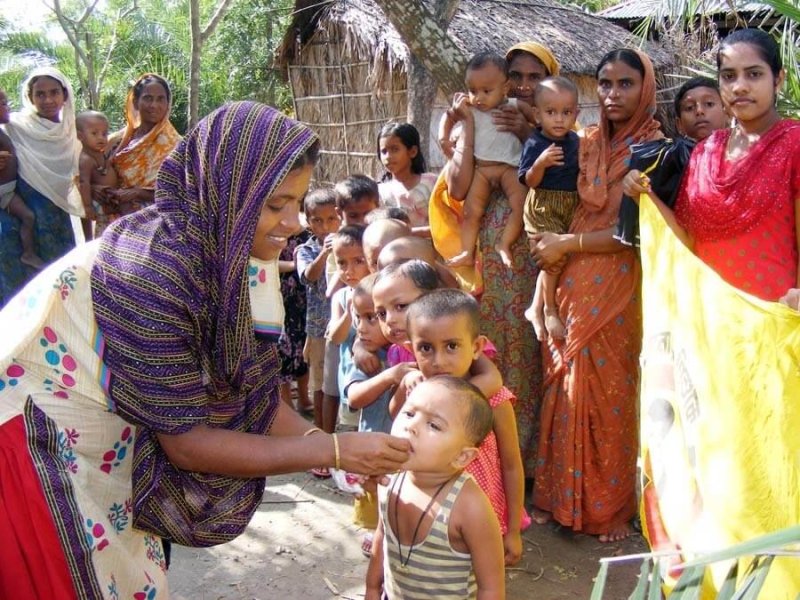A year after regulatory approval, the Philippines has started transplanting Golden Rice this wet season, becoming the first country in the world to go for commercial cultivation of genetically-engineered rice rich with vitamin A.
Bangladesh is another country with Golden Rice technology applied to its rice varieties. But regulatory approval has remained pending for the last five years, hindering its cultivation in farmers’ fields.
The developments come at a time when scientists in Bangladesh have expressed deep frustration over regulators’ delay in approving the GMO rice variety in the country, pending since 2017.
Scientists’ tweaking and integration of a maize gene into rice helped develop Golden Rice that generates beta carotene, which converts into crucial micronutrient – vitamin A – as humans consume the cooked rice. It is genetically-engineered to provide up to 50% of the estimated average requirement for vitamin A in young children, the age group most susceptible to VAD (vitamin A deficiency).
According to the World Health Organization’s global vitamin A deficiency (VAD) database, one in every five pre-school children in Bangladesh is deficient in this key vitamin. Among pregnant women, 23.7% suffer from VAD. Globally, VAD affects an estimated 190 million children, a major cause of childhood blindness.































